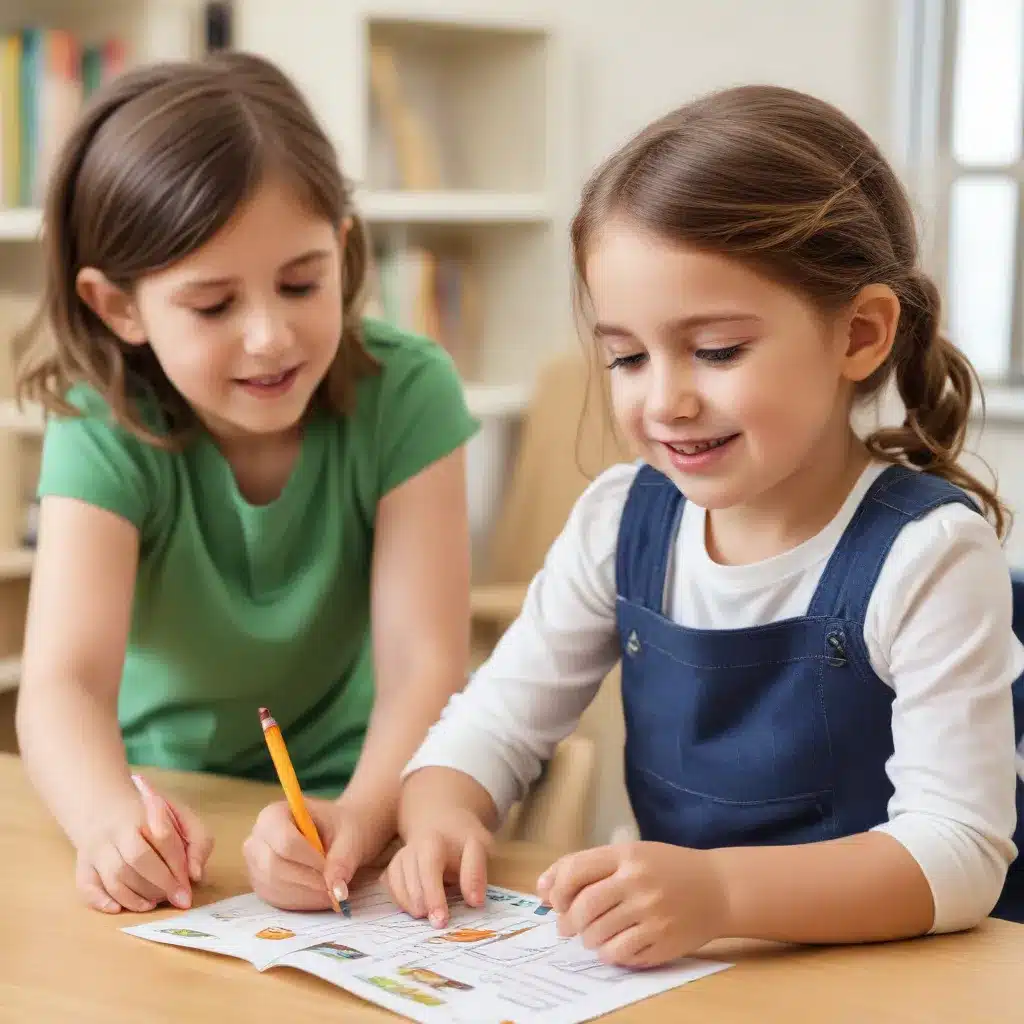
Understanding the Importance of Transition Statements
Transitioning from kindergarten to primary school is an exciting and important milestone in a child’s life. To support this transition, the Queensland Curriculum and Assessment Authority (QCAA) has developed a process for creating Kindergarten Transition Statements. These statements provide valuable insights into a child’s learning progress and development, helping to ensure a smooth and successful start to their primary school journey.
Kindergarten Transition Statements are written from a strengths-based perspective, summarizing each child’s knowledge, skills, and dispositions for learning across the five key learning and development areas outlined in the Queensland Kindergarten Learning Guideline (QKLG). These statements offer a snapshot of a child’s abilities at the end of their kindergarten year, empowering primary school teachers with crucial information to support continuity of learning and a positive transition experience.
The Role of Kindergartens, Families, and Schools
Kindergarten services play a vital role in the creation of Transition Statements. Using the QCAA’s Kindergarten Transition Statement application (KTS app), educators work collaboratively with children and their families to capture a comprehensive understanding of each child’s strengths, challenges, motivations, and achievements.
Parents and carers have the opportunity to contribute to their child’s Transition Statement, ensuring that the information reflects their unique perspective and understanding of their child’s development. This collaborative approach is essential, as the Transition Statement not only supports the child’s transition to primary school but also helps families to understand and advocate for their child’s needs.
Once the Transition Statement is complete, kindergartens provide a copy to families, who then have the option to share the information with their child’s Prep Year teacher and other relevant school staff. This exchange of information helps primary schools to plan appropriate learning and teaching programs, facilitating a continuity of learning and a smooth transition for the child.
The Transition Statement Process
The process of creating a Kindergarten Transition Statement involves several key steps:
-
Obtain Consent: Before kindergartens can enter a child’s personal details into the KTS app, parents/carers must complete the Transition Statement Consent Form 1. This ensures compliance with Queensland’s privacy laws.
-
Collaborate with Families: Kindergarten educators work closely with children and their families to capture a strengths-based perspective of the child’s learning and development.
-
Use the KTS App: Kindergartens use the KTS app to create the Transition Statements, which include information about the child’s strengths, challenges, motivations, and achievements.
-
Share with Families: Kindergartens provide parents/carers with a copy of the completed Transition Statement.
-
Consent to Share: After reviewing the Transition Statement, parents/carers may give permission for the information to be shared with their child’s Prep Year teacher and other relevant school staff by signing Transition Statement Consent Form 2.
Strengths-Based Approaches in Transition Statements
Transition Statements are written from a strengths-based perspective, which means that they focus on highlighting a child’s unique strengths, capabilities, and dispositions for learning. This approach is aligned with the principles of the Queensland Kindergarten Learning Guideline, which emphasize the importance of building on children’s existing knowledge, skills, and interests.
While it is important to recognize a child’s strengths, research has shown that it is also crucial to include information about a child’s challenges in the Transition Statement. This helps primary school teachers to better understand a child’s needs and plan appropriate support strategies, ultimately enhancing the child’s transition experience.
Educators can apply a strengths-based approach by engaging in collaborative, solutions-focused conversations with families. These conversations should explore both the child’s strengths and any areas where additional support may be needed, empowering families to contribute their valuable insights and perspectives.
The Benefits of Transition Statements
Kindergarten Transition Statements offer numerous benefits for children, families, and schools:
-
Continuity of Learning: The information in the Transition Statement helps primary school teachers to understand each child’s learning progress and plan appropriate teaching strategies to build on their existing knowledge and skills.
-
Tailored Support: By understanding a child’s strengths, challenges, and unique needs, primary schools can provide targeted support to facilitate a smooth transition and ensure the child’s success in the Prep Year.
-
Collaborative Partnerships: The process of creating and sharing Transition Statements fosters strong partnerships between kindergartens, families, and primary schools, promoting shared responsibility for the child’s learning and wellbeing.
-
Empowered Families: Families play a crucial role in the Transition Statement process, ensuring that their child’s unique perspectives and needs are represented. This empowers families to advocate for their child’s success in the primary school setting.
-
Improved Outcomes: By supporting a smooth transition to primary school, Transition Statements can contribute to improved academic, social, and emotional outcomes for children, setting them up for long-term success.
Resources and Support
The QCAA website (https://www.qcaa.qld.edu.au/) provides comprehensive information and resources to support kindergartens, families, and schools in the creation and utilization of Kindergarten Transition Statements. This includes detailed guidance on the process, access to the KTS app, and examples of effective strengths-based approaches.
For any questions or support regarding Transition Statements, families and educators can contact the QCAA by phone at (07) 3864 0299 or email at [email protected].
At Stanley Park High School, we recognize the vital role that Transition Statements play in supporting a successful start to primary school. We work closely with local kindergartens and welcome the opportunity to collaborate with families to ensure a smooth and positive transition experience for all our new Prep Year students.

